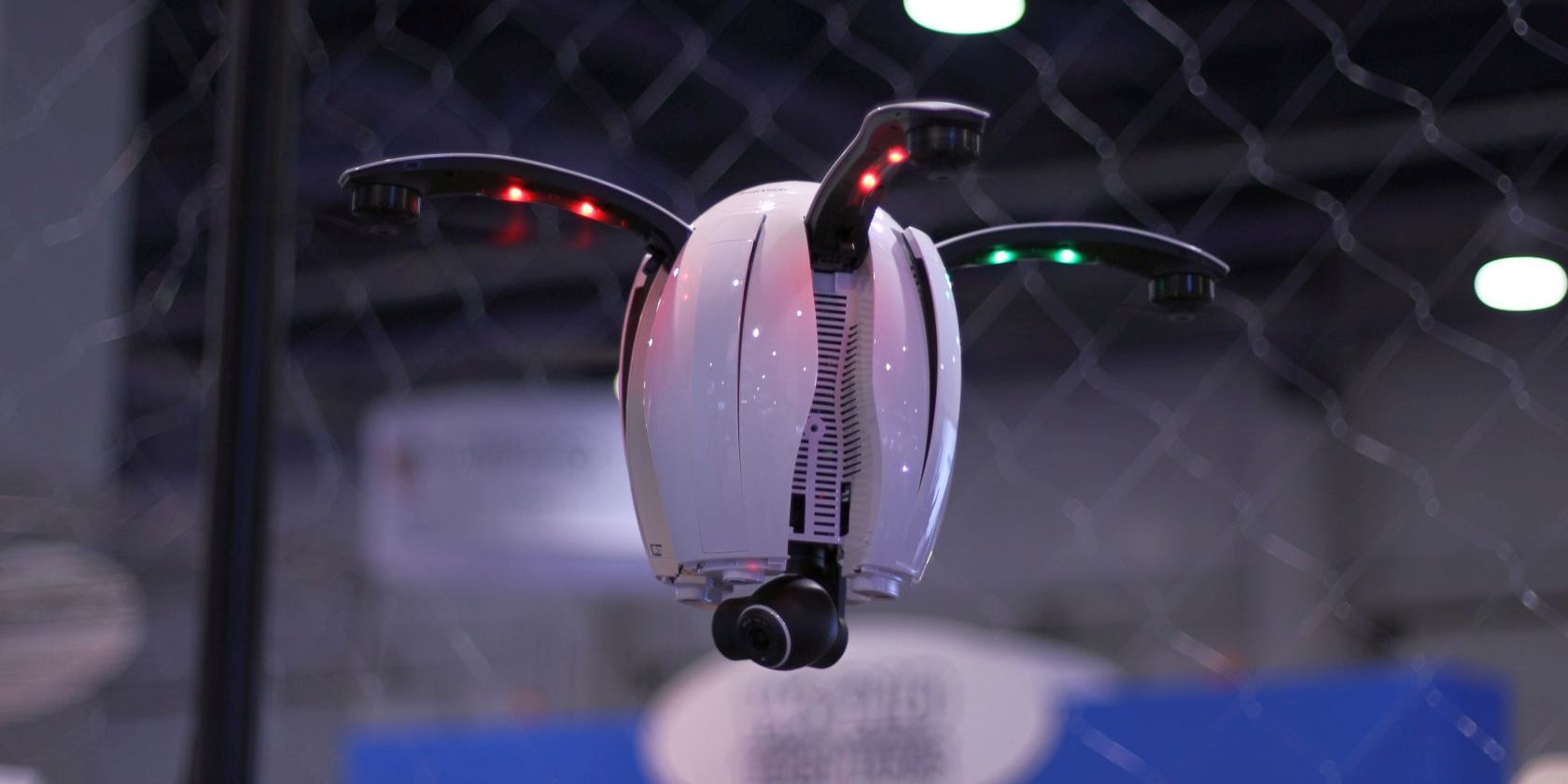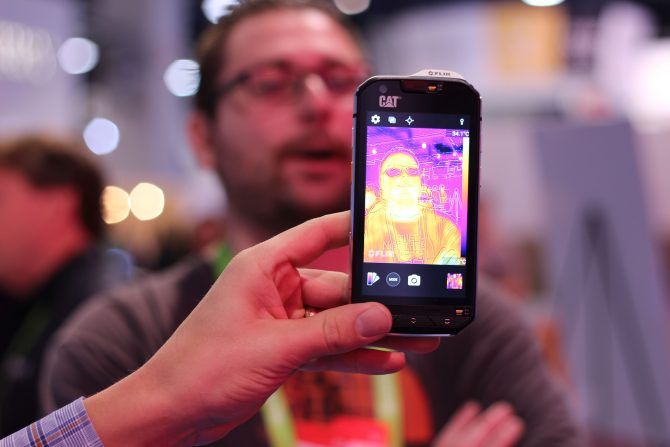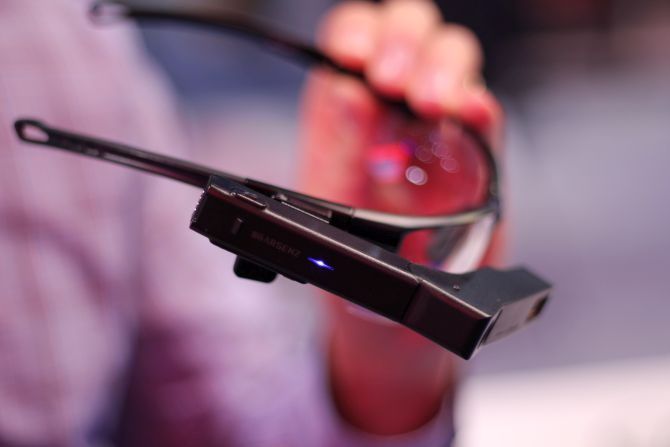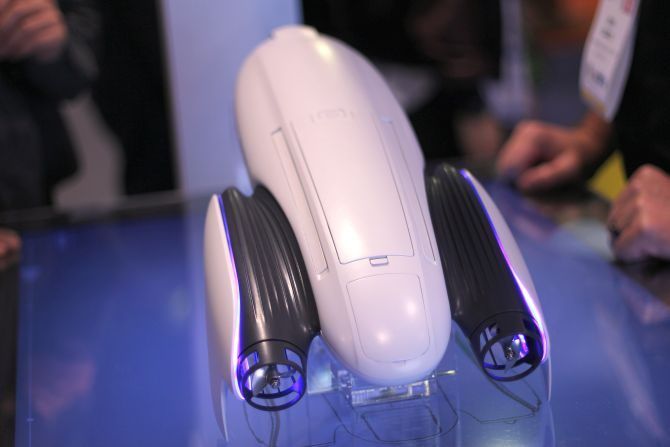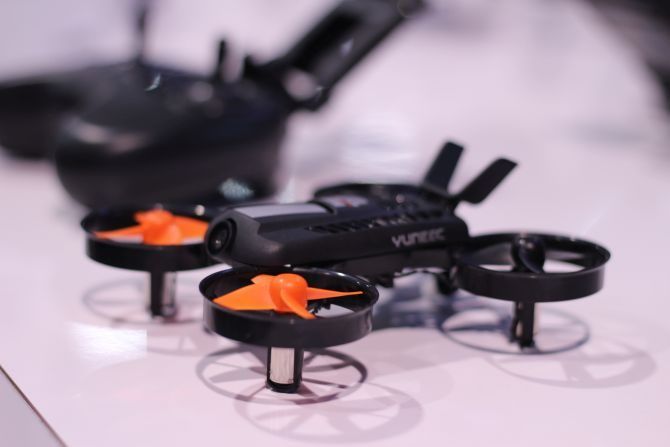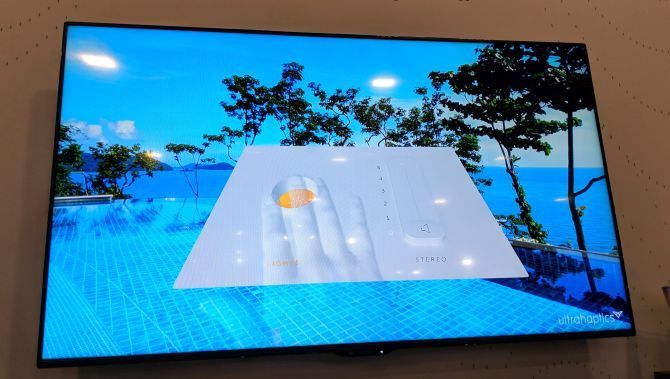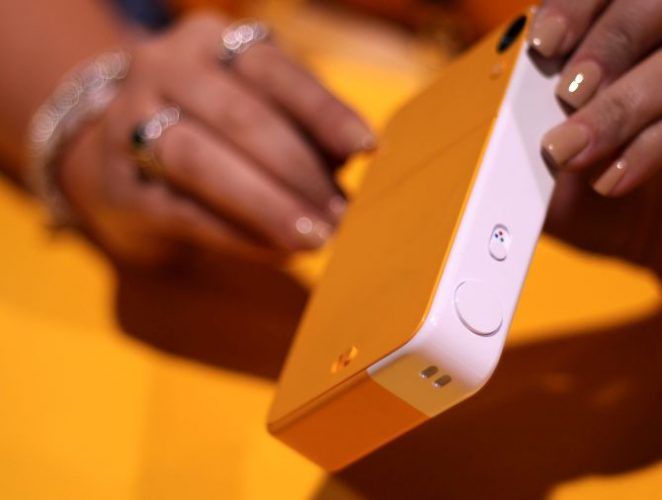Consumer Electronics Show 2018 brings us a bit closer to the future, and part of that future includes giving humans superpowers.
For example, with FLIR, you can glimpse into the infrared spectrum using special heat-sensitive camera technology. FLIR (which stands for Forward Looking InfraRed) Systems uses a sensor and display package that translates heat imaging into spectral imaging, like the alien from the movie Predator. Imagine it like this: you can see heat rather than feel it.
Heat Vision Like the Predator
Here's a video of FLIR in action:
While FLIR has been out for a while, in 2018, they finally got the price of their basic heat camera under $200, making it affordable to most consumers. But who needs infrared vision? Pretty much anyone involved in industries where even slight differences in heat may mean a potential fire hazard or a lack of insulation. That includes construction, security, and more.
FLIR also produces a virtual reality (VR) training program for using the heat visualizer. The VR program runs from an HTC Vive, simulating several environments in which having heat vision is useful. One example is a log cabin where there are hidden sources of heat. Another is on site at an electrical power station.
Overall, the system can shorten the training period that employees use in order to understand how to use FLIR.
FLIR also announced a concept infrared headset, which looks a lot like virtual reality headset. It's aimed at sectors as diverse and construction and home security.
Robotic Assistants Like Tony Stark's Jarvis
The biggest winners from 2018's CES are Amazon Alexa and Google's Assistant software. Both smart assistants made their way into an endless number of smart home hubs, switches, and other products, such as Belkin's Wemo series.
Wemo allows users to control lights and other appliances with just their voice. While none of this is new, what's novel about it is Google Assistant voice integration. What's novel about Google Assistant is its superior voice recognition capabilities, compared to Alexa and Siri. Overall, Google Assistant does a lot more than its competitors.
Among the biggest trends this year -- aside from the emergence of Google Assistant and Alexa-enabled smart home products -- are the diverse and endless waves of remote control drones. Drones fly in the sky, race along the ground, and now swim in the sea.
Swim in the Ocean Like Aquaman
You won't literally swim in the ocean like Aquaman, but drone technology allows users to remote control an underwater craft equipped for catching fish or exploration. PowerVision will manufacture two models of underwater drone, one targeted at fisherman and one aimed at underwater exploration. Both tie into virtual reality headsets (VR drones can be controlled with headsets), which lets you see what the drone is seeing. The superpower name for this is telepresence.
While the concept sounds just as preposterous as a king of Atlantis who can communicate with all underwater creatures, think of it this way: fisherman could catch a lot more fish if they knew where the schools of future fish sticks are.
Using drone technology, fishermen can peer under the water, and find the most plentiful schools of fish using their augmented senses. PowerVision currently manufacturers a single underwater drone: the PowerRay. The PowerRay comes in three versions, ranging in price from $1,488 to $1,888.
PowerVision also has an upcoming underwater drone, the PowerDolphin. The PowerDolphin is more or less a faster, more powerful version of the PowerRay. However, it also has the ability to cast lures and catch fish.
Do You Want to Literally Fly Like Superman?
Yuneec manufacturers an ultra large drone capable of transporting a human being. Unfortunately, it requires federal certification in order to enter U.S. markets, which means it may never become a product. While you can't fly in a drone, you can, however, get a racing drone. Unlike hovering drones, a racing drone can hit (size-proportionate) speeds approaching that of an actual human-flown aircraft.
The upcoming Yuneec HD Racer offers a combination of low video latency, built in stabilization, good range of 300 feet, and a 13MP camera. While the price hasn't been announced yet, it'll probably retail for less than $100, which brings midrange drone specs into the striking range of those on a shoestring budget.
Yuneec also manufactures the Breeze 4K selfie drone. We gave it an amazing review. Overall, they make great drones and the HD Racer will likely be as good as their other products. In fact, Yuneec ranks among the best drones around.
Control Everything with Gestures
The product that blew my mind: Ultrahaptics. Here's a video of the technology:
The company's name comes from a portmanteau of the words "ultrasonic", which refers to sounds higher than the ear can detect and "haptics", the perception of physically touching an object. Like the name suggests, Ultrahaptics makes a system interface that can synthesize the feeling of touching something when you are really only touching air. Ultrahaptics itself only licenses their technology out to manufacturers.
It does so by blasting an ultrasonic frequency at your finger. The sonic blast feels a lot like a pulsed jet of warm air. Some report it feels like a gentle puff of air on one's fingertips. My impression was that it's more substantial than that: it's almost like a buzzing sensation with an oddly electric aftertaste.
Ultrahaptics isn't entirely new. They debuted in 2017. What's new about them this year is that their technology has made its way into a physical product – a casino slot machine.
It works like this: the slot machine projects a holographic, 3D image of a slot machine interface (you can't actually see this in the demo unit above because cameras are monoscopic). The user interacts with the holographic display, touching holographically projected, 3D ankhs, lion heads, and more. The kicker is that by touching the insubstantial, holographic image, the user activates the ultrasonic haptics. Tiny pulsed beams of sound make it feel as though you are actually touching the holographic object.
We visited a few casinos and eventually located several of the Ultrahaptics slot machines at the Palace Station (where we won over $36 playing it). And while we found the 3D effect amazing, the haptics effect felt about 1/20th the strength of the demonstration model at CES. On another model, the haptics effect failed entirely. I suspect that the vibration feedback effect does not hold up well in an environment loaded with large air particles, like cigarette smoke. It may be that particulate matter can clog the Ultrahaptics feedback generators. Hopefully, Ultrahaptics can work out the bugs before it licenses the technology out for consumer use.
Photographic Memory: Kodak Instant Camera
Perhaps the weakest entry in this list of CES superpowers, mainly because there are already so many instant cameras on the market, the Kodak Printomatic, announced just before CES 2018, uses a novel kind of film: Zero Ink (ZINK).
ZINK film uses a special thermal photography film, rather than ink-based paper, which allows it to shoot and develop film using just heat, rather than fluids.
Overall, it seems to be the natural evolution of instant camera technology. Although whether or not the Polaroid-style cameras remain in vogue depends a lot on individuals tastes.
The Big Winner of CES 2018: Personal Assistants
Unfortunately, most people aren't ever going to be getting even the affordable drones that are coming out. The big winner of CES 2018 is Google Assistant.
What super power did you wish you could get at CES? Let us know in the comments.

